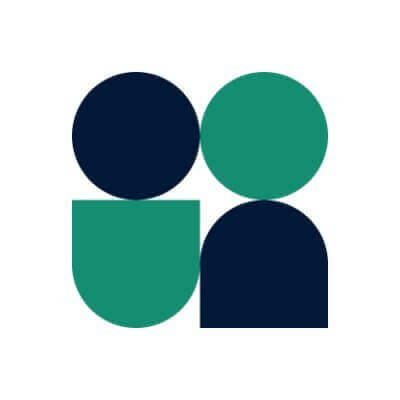The Benefits of Modern Detailing Software
Discover how modern detailing software is transforming construction with precision, speed, and collaboration. Explore its benefits.
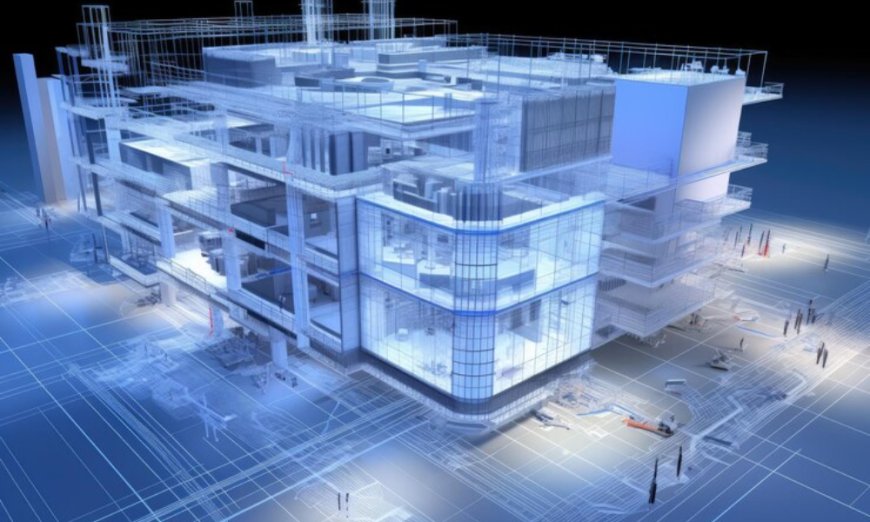
In the world of construction and engineering, precision isn’t a luxury—it’s a necessity. From towering skyscrapers to expansive bridges, every inch matters. The push for increased accuracy, speed, and collaboration has led many firms to embrace modern detailing software. It's not just about keeping up with the industry anymore; it’s about staying ahead.
From Manual Drafting to Digital Mastery
For decades, manual drafting ruled the scene. Skilled professionals hunched over drawing boards, creating intricate schematics with nothing but pencils, rulers, and sheer expertise. While admirable, this process left plenty of room for error and was extremely time-consuming. Today, thanks to modern detailing solutions, projects that once took weeks now take days. And more importantly, the margin for human error has significantly dropped.
The Power of Strand Engineering
The introduction of strand engineering into these platforms has taken things to another level. These advanced frameworks allow engineers to simulate and model structures with an incredible degree of accuracy. The integration of real-time data, 3D modeling, and predictive analytics ensures that potential issues are flagged before they escalate. According to a 2023 report from McKinsey & Company, firms using such integrated software tools saw a 25% improvement in project delivery times and a 30% reduction in costly reworks.
Enhancing Team Collaboration
But speed isn’t the only perk. Enhanced collaboration tools embedded within these platforms now make it easier for multidisciplinary teams to work together. Architects, engineers, and contractors can view and edit the same models simultaneously, reducing miscommunication and delays. Cloud-based access means that stakeholders from different corners of the globe can provide input in real-time.
Built-In Compliance and Standards Verification
Moreover, these systems often include built-in compliance checks, ensuring that all detailing adheres to local building codes and international standards. This automatic verification not only saves time but also reduces legal and regulatory headaches down the line. Autodesk, one of the pioneers in this space, reported that over 70% of users experienced fewer compliance-related project delays after adopting their BIM 360 platform.
Supporting Sustainability Goals
Modern detailing software also contributes significantly to sustainability efforts. By optimizing material use and minimizing waste through precise calculations, firms can reduce their carbon footprint. This is increasingly important as the construction industry faces mounting pressure to meet green building standards. The U.S. Green Building Council found that detailed digital planning could cut construction waste by up to 40%.
Streamlining Training and Learning Curves
Training and onboarding have also become more streamlined. With intuitive interfaces and AI-powered suggestions, even those new to the field can quickly grasp complex concepts. Online tutorials, VR integrations, and community forums offer ongoing support, making the learning curve far less steep than in the past.
Meeting Client Expectations
For firms looking to gain a competitive edge, investing in advanced tools isn’t optional—it’s essential. And the benefits go beyond efficiency. Clients today expect transparency, accuracy, and speed. Providing them with high-quality visualizations and real-time updates boosts confidence and satisfaction.
The Evolution of Rebar Detailing Services
One area seeing rapid evolution thanks to software advancement is rebar detailing services. Traditionally a labor-intensive process, rebar detailing has been transformed by automation and digital precision. These services now use intelligent modeling to predict stress points, calculate load distribution, and determine optimal bar placements. A 2022 case study from Bentley Systems highlighted a New York-based firm that cut rebar installation time by 35% after switching to AI-enhanced detailing software.
Preparing for the Future
With growing project complexity, demand for integrated solutions continues to rise. As digital twins and IoT integrations become more commonplace, modern detailing software will evolve further, offering even richer insights. This progress will not only improve build quality but also enhance post-construction facility management.
Addressing Potential Challenges
Despite the benefits, it’s crucial to remain vigilant. Cybersecurity risks and software licensing costs are valid concerns. Partnering with reputable providers and investing in staff training can mitigate these risks. According to a report by Deloitte, 58% of firms implementing digital solutions experienced initial growing pains, but 82% reported long-term gains in productivity and client satisfaction.
Final Thoughts
In conclusion, modern detailing software represents more than just a technological upgrade. It symbolizes a shift in how the construction and engineering sectors approach design, collaboration, and execution. By embracing these tools, firms can not only meet today's demands but also future-proof their operations for the challenges ahead. The right investment today can lead to a stronger, more resilient tomorrow.
If you're interested in seeing how our detailing services operate up close, feel free to visit our location in NYC. We'd be happy to walk you through the process in person.









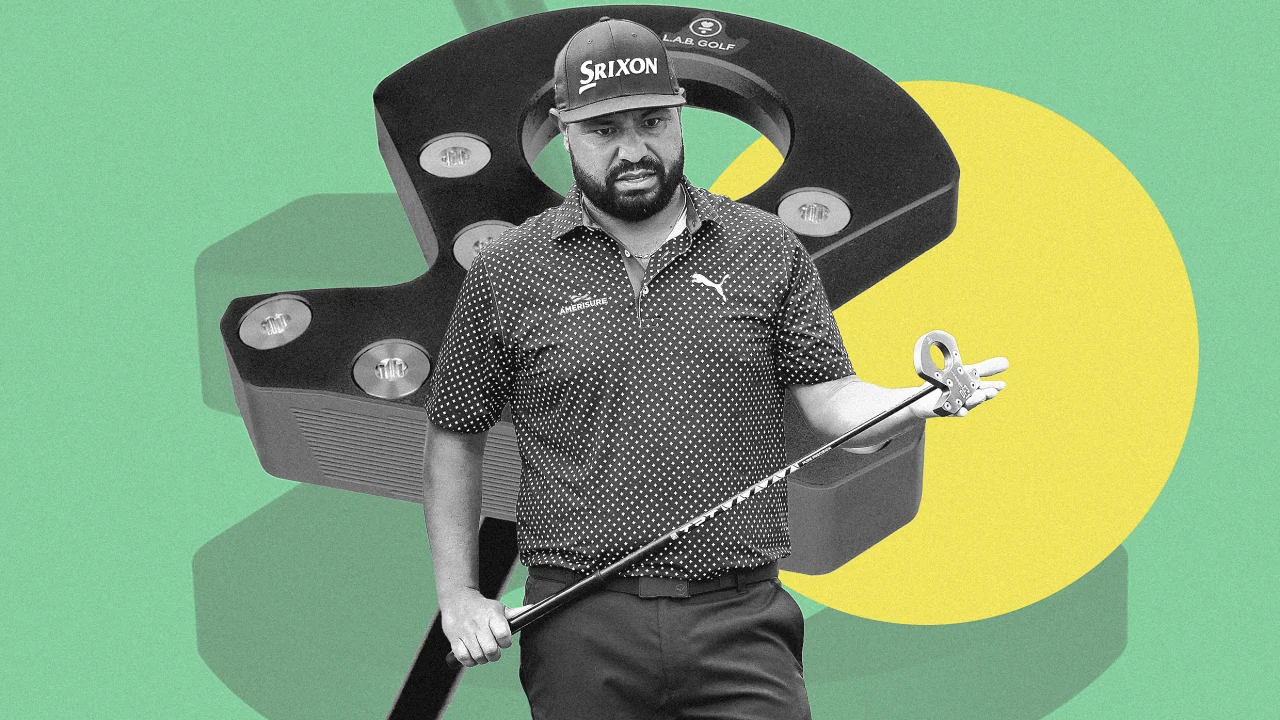

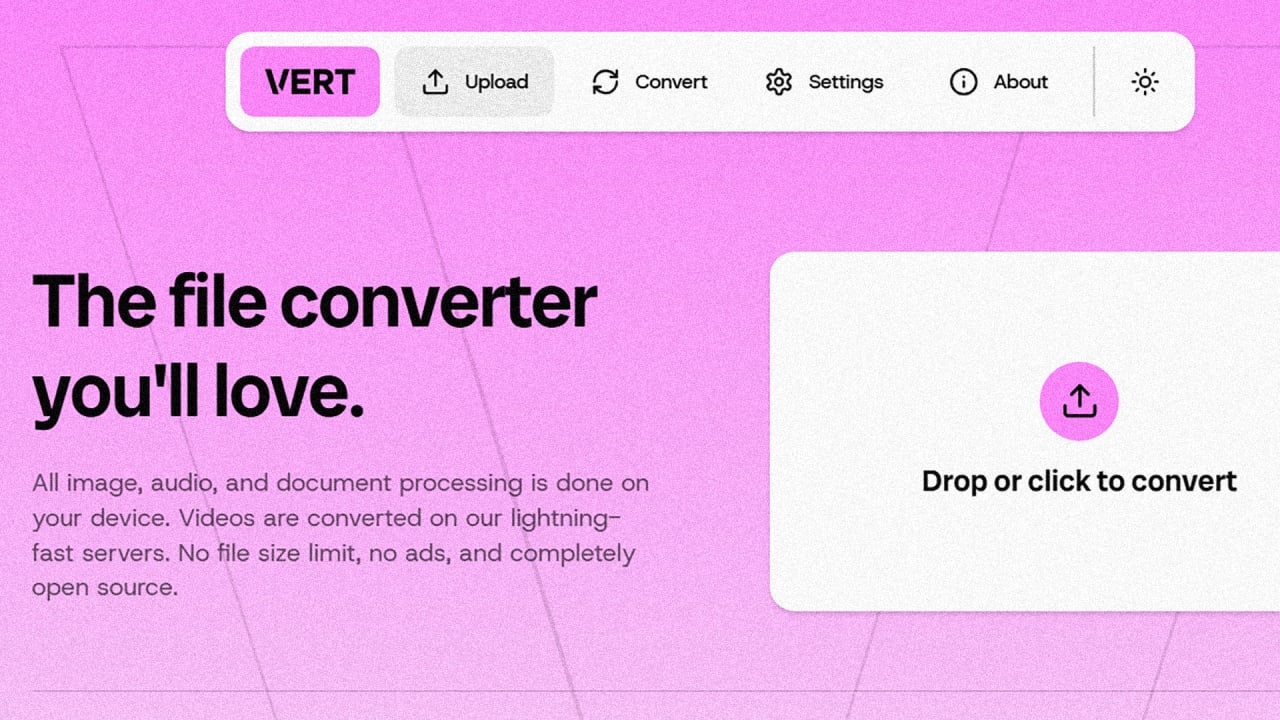




















































![https //g.co/recover for help [1-866-719-1006]](https://newsquo.com/uploads/images/202506/image_430x256_684949454da3e.jpg)





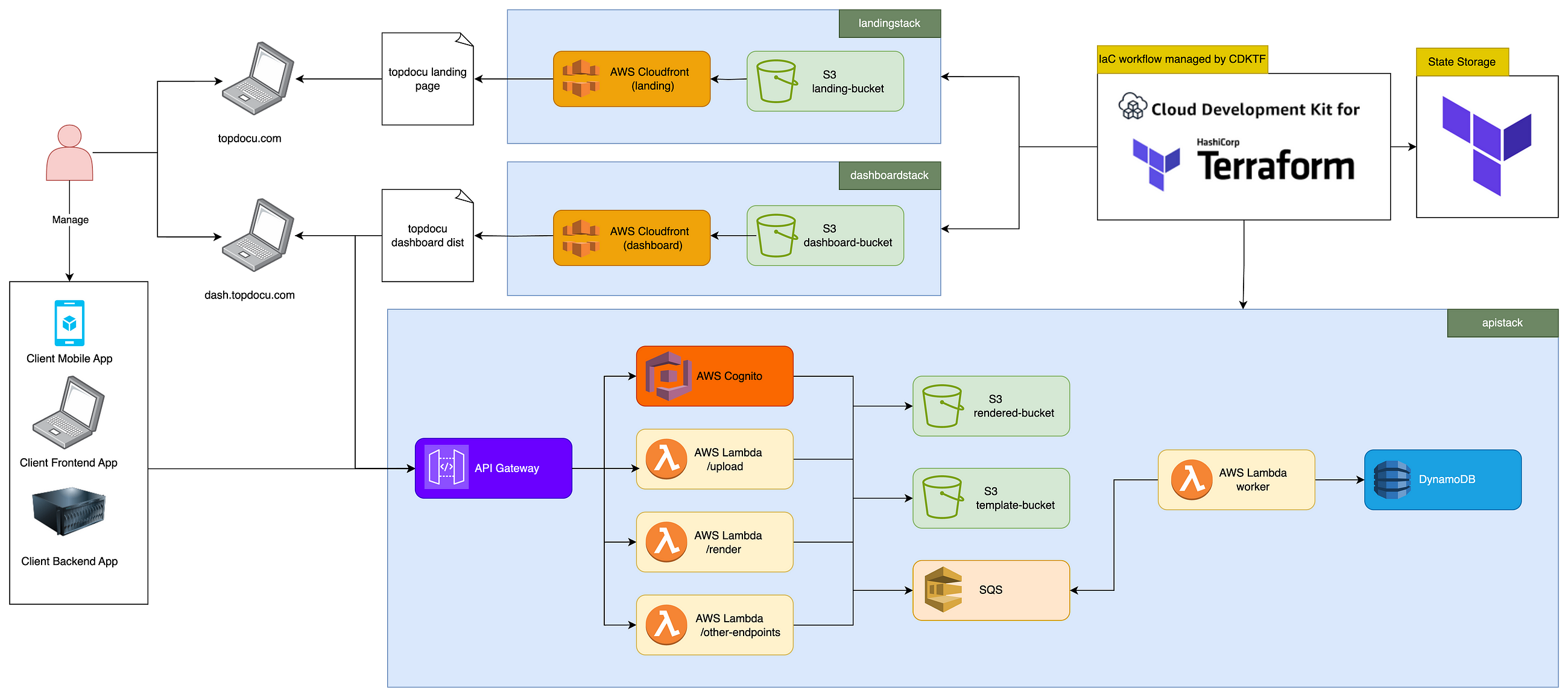
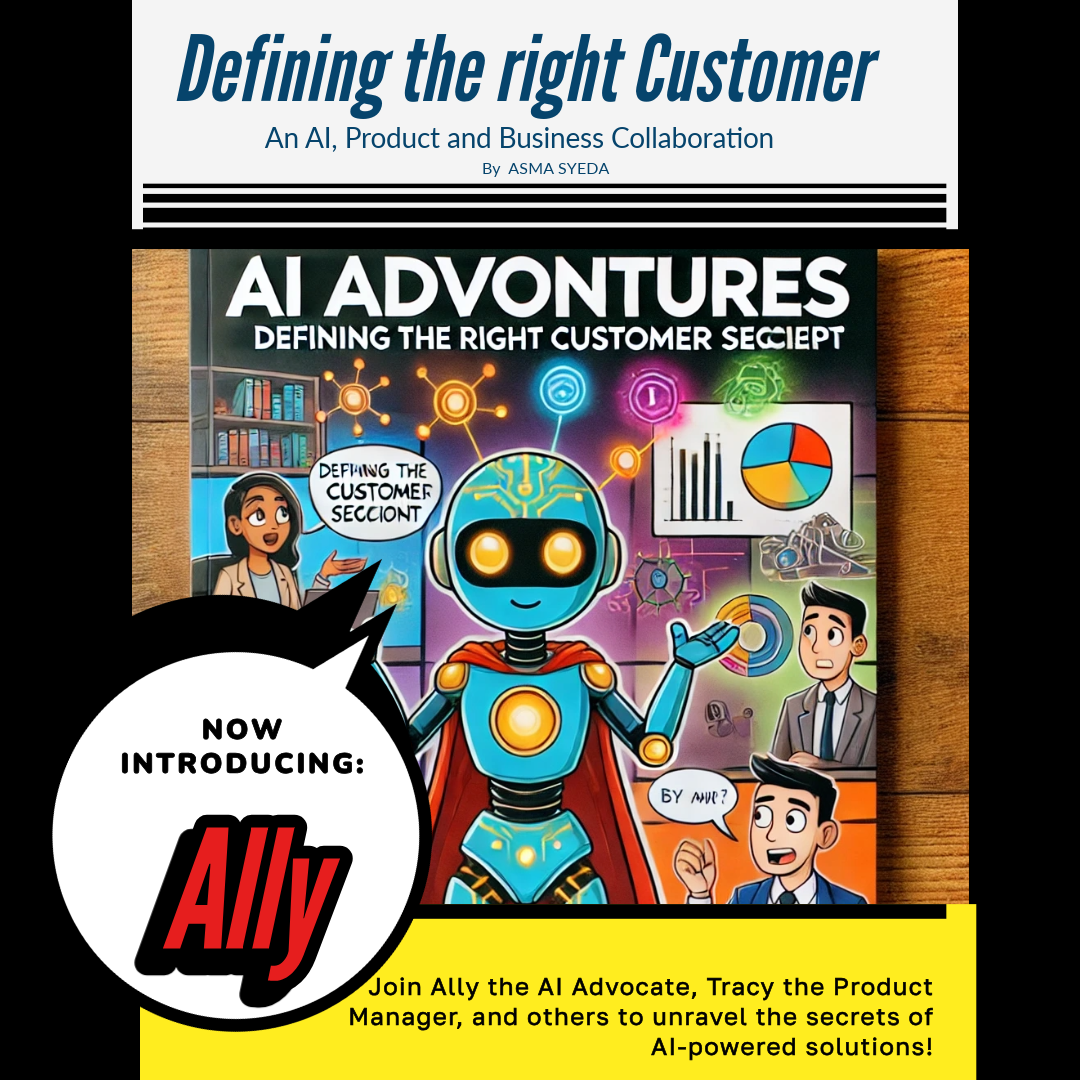



















![How Smart PMs Scale Their Careers in Any Org [TPG Live Recap]](https://tpgblog.com/wp-content/uploads/2025/06/2025-06-12-thumbnail-action.png?#)































